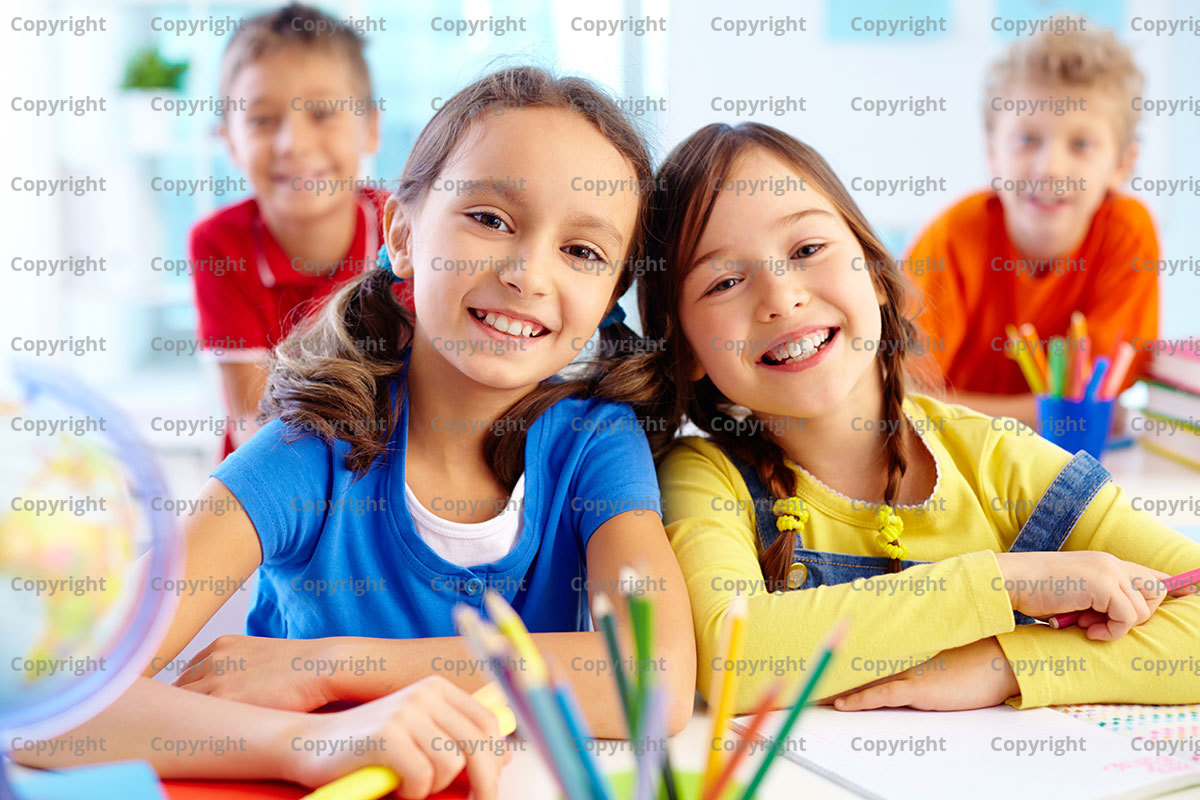Human beings are innately social, from the first smile in infancy to the later joy of reunions with lifelong friends. But at no life stage is belonging and befriending more vital than in middle childhood.
As a baby and preschooler, your child makes her primary emotional connections with family and caregivers, even though she probably spends more time with peers than you did at that age. But the preschooler’s all-consuming question — “How do I fit into this family?” — evolves in elementary school to become “How can I be an insider?” along with its corollary, “Who will be my best friend?”
Pass by an elementary or middle school at dismissal time and watch the flow of children trudging home or boarding buses. Remarkably, they look almost identical, wearing the same styles of jackets, carrying the same backpacks in the same colors slung over their shoulders in a manner identical to their same-gender peers. Girls, in particular, are cautious about not dressing differently from other girls their age. Boys have similar standards, but they are more likely to rank one another on athletic prowess and physical power. Boys who seem overly aggressive to adults are often the most admired by their peers. Girls, on the other hand, measure one another on attractiveness and readiness to be helpful and kind, rather than overt aggression.
Most parents of children this age have had to console youngsters who complain, “Nobody likes me,” after being left off a guest list for a party or not chosen for a team. Every child has at least some worry about the possibility — if not the experience — of being left out by the group or rejected by a former best friend. In early elementary school, leaders may be secure for a week or a month or two, and then that too changes. Often, to avoid being rejected themselves, kids can be disloyal and mean in public to a supposedly good friend. No child is guaranteed continuing social success.






Geef een antwoord